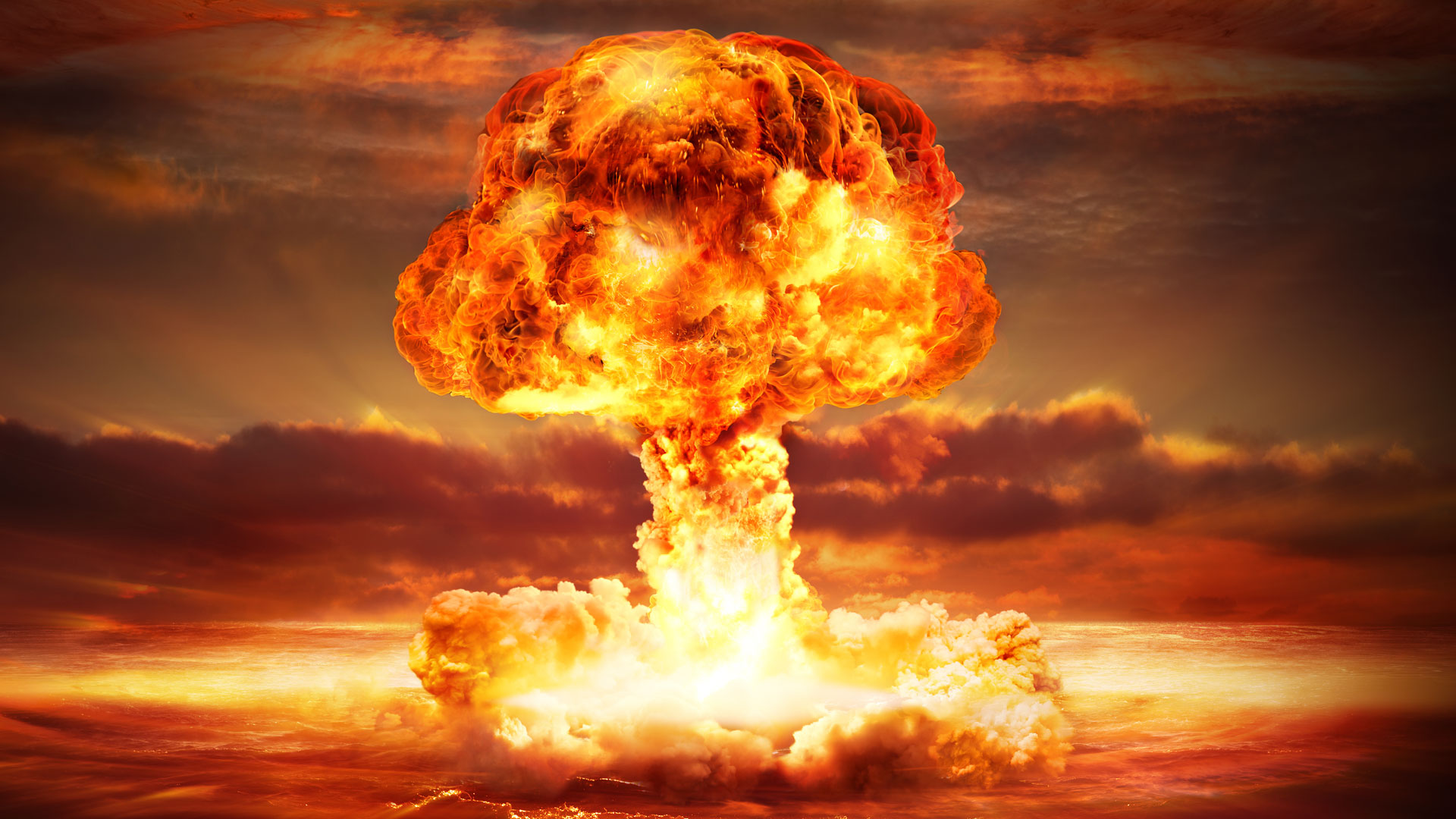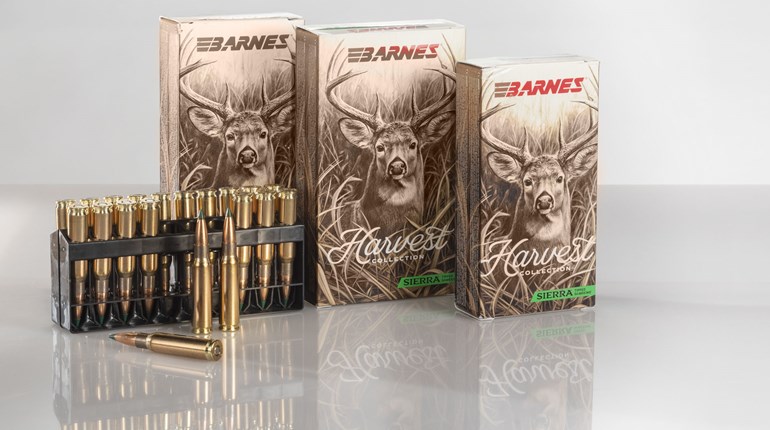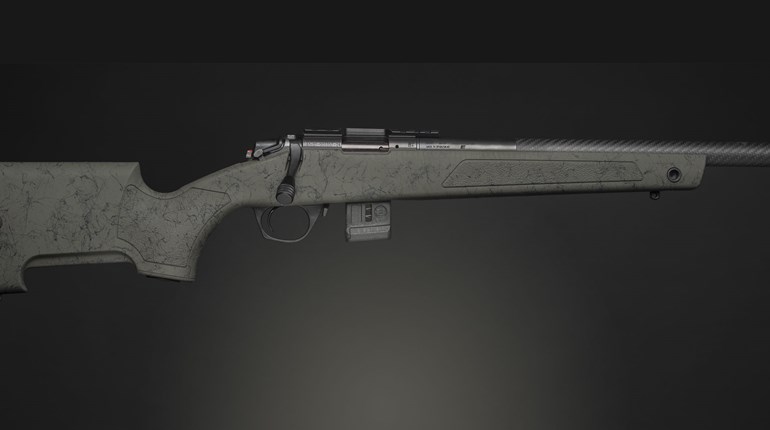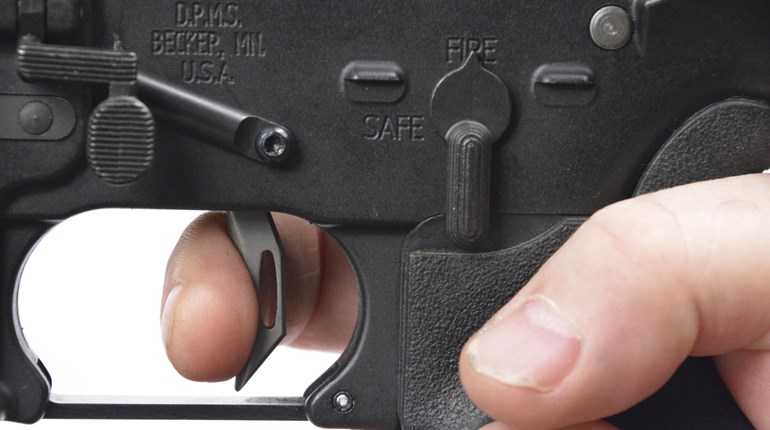
If you have been paying attention, then you know this world doesn’t look to be headed in a good direction. Bad things may be coming, and nobody knows how much time we have to prepare. The cynics say we have very little. We have dodged Armageddon so far, but how many times can that happen? We had a big blip in the 1930s, and it took a calamitous world war to avoid social and economic collapse.
My first realization of the existence of prepping was from reading authors like Mel Tappan back in the Jimmy Carter years, when the economy was stuck in stagflation and things looked bleak. Actually, my grandparents were preppers throughout their lives, although they never heard the term in this context. They grew their own food, kept chickens, butchered livestock and Gramp hunted and fished. He also reloaded ammo and repaired guns. They harvested apples in the fall and made cider to store by the barrel. I can remember exploring their large and fully stocked underground root cellar when I was a kid. It was a mysterious place and an indication that, having lived through the Great Depression, they were never going to be hungry again.
I know a guy who takes this very seriously. He has a huge, underground bunker that is stocked to overflowing with guns, ammo and freeze-dried food. Thing is, he has a lot of money. I, like a lot of people, do not.
So, what can the rest of us do to get ready for bad times? If we can’t fund a multi-million-dollar bunker, are we doomed? Nah. We just need to do things a little at a time. I like to think of it as “Poor Man’s Prepping.”
It’s often said that prepping is beans, bullets and bandages. That’s simplistic, but it isn’t wrong. Let’s focus on the beans and bullets for today. The medical side of things is pretty extensive and would require its own article or two. Even on food and security, we will just hit the highlights.

I would like nothing better than to build a huge underground bunker and stock it so full that there are just paths through the stuff, although I would add a few things other than freeze-dried food. No need to eat like you are on an extended camping trip. There are other options. Sadly, it’s one of those life goals that didn’t work out. I wanted to be rich by now, but life left me a bit short of the private island and personal jet I had planned. So, for those of us struggling sometimes to make the payments on life, there is still a way to prep.
You don’t need to do it all at once—let your prepping grow and expand. It sounds like a lot, but it doesn’t have to be. When you do your weekly shopping, toss a few extra things in the cart. You probably won’t even notice at checkout. When you get home, put them away for a rainy day. It’s amazing what you will collect rather quickly without any significant financial burden.
For part of my six-month plan, I have a large freezer that I keep as full as possible. Much of what’s inside is wild game, but not all of it … We also keep frozen vegetables and even a few small pizzas I can cook in my camp oven.
Think about what you are storing in the context that you may have to eat it for a very long time. Most freeze-dried food actually tastes pretty good. The downside is that it’s expensive and it’s loaded with salt. That said, if you watch the prepping sites and even Amazon, you can find some pretty good deals at times. I also like to check outdoor retail stores at the end of the hunting and hiking seasons. Sometimes, they put the leftover stock on sale.
I eat freeze-dried food often during hunting season, and we sometimes have it for a quick and easy dinner here at Camp Towsley. It gives us a chance to see which meals we like and which ones we don’t. After Arma-geddon is a poor time to find out you don’t like the stacks of food you piled up for survival. While there are some freeze-dried foods that are very good, there are none that I will eat willingly for the rest of my life. All that salt is not healthy long term, either.
I like to say you need three plans after a catastrophic event: The first three days, the next six months and then the rest of your life. The first days are going to be hectic and busy. Freeze-dried food is handy when you are occupied. It can also help get through the six months when you probably don’t have a good way to replenish your food supply. But, for the long term, it’s not the way. You will need healthier food and a way to replenish your stocks. However, even long term, it’s good to have some freeze-dried food stashed for those times you are too busy or too sick to cook.
All that said, freeze-dried food should be part of any prepping plan. It stores well, is very easy to prepare—even under difficult conditions—and it’s light enough for a bug-out situation. I keep three days’ worth of freeze-dried food in my bug-out bag along with a backpacker’s stove and a water filter.
It’s also important to stock up on other, healthier foods. Most of them are cheaper than freeze-dried food, so you can get a lot more bang for your buck. For part of my six-month plan, I have a large freezer that I keep as full as possible. Much of what’s inside is wild game, but not all of it. For example, I bartered for half a side of beef recently. We also keep frozen vegetables and even a few small pizzas I can cook in my camp oven. No point in suffering needlessly.
In addition to our main generator, I have a small generator to keep the freezer cold, and I store enough stabilized gasoline to run it for those six months. I rotate the gas, dumping it in my truck and refilling the cans every six months. If I cover the freezer with sleeping bags, blankets and other insulation, I can get by running the generator a few hours a day.
Other foods should be chosen for long-term storage. Most anything dried is good—various beans, peas, legumes, rice, pasta or anything along those lines. Also useful are staples like sugar, flour and some spices. Many grains are good for long-term storage, although some will require a grinder to process for use later. Buy a hand-crank, not electric, since you might not have power.

All of these foods should be stored in airtight containers along with the correct number of oxygen absorbers, which are available online. This keeps any oxygen out of the container and prevents (or at least greatly retards) spoilage. You can also put flour and dried grains in the freezer for a while first to kill off any bugs and eggs. After freezing, bring everything back to room temperature and let any condensation evaporate. Then, put them in an airtight container with oxygen absorbers. Store everything in a cool, dry place and out of the light.
There are commercial products available for storage; Mylar bags, buckets that seal tight and even cans that can be sealed. But, they can be expensive and the cost adds up fast. Canning jars are a little less expensive. We are currently experimenting with some recyclable bottles. Those marked “PETE 1” with a sealable top are safe to use. I sterilize 1- and 2-quart bottles, fill them and add an oxygen absorber. Another advantage of this system is that these smaller bottles hold the right portion for us to use—if we open a 5-gallon bucket of rice, it can spoil before we use it all. If we part it out into these smaller containers, the smaller portions work well. The downside is they don’t block light, so they should be stored in the dark.
Canned goods can last a long time. If you buy stuff you use anyway and rotate the stock, it will be as fresh as possible when you don’t have alternatives. Tuna, soup or baked beans, for example, are good sources of nutrition. I like ramen noodles now and then for lunch. They are cheap and they store well. I buy them several cases at a time. I eat from one case and when it’s empty, I shift everything forward on the shelf and replace the back case.
When you do your weekly shopping, toss a few extra things in the cart. You probably won’t even notice at checkout. When you get home, put them away for a rainy day.
You should limit the processed food though, as eating a lot of it is not good for you. Plan to have plenty of rice, beans, pasta, grains and the like to eat as well. Think about things like powdered milk, honey and maple syrup. All of them store well. One thing I will not abide is going without coffee. I have several bags of coffee beans stored in the freezer, but I also bought several large jars of freeze-dried instant. It’s not good coffee, but it’s coffee.
You need to sample any food you plan to store. It’s important to learn how to cook it before the crisis. For example, freeze-dried food is simple to prepare, but whole wheat berries are not.
Having a good store of emergency food is great, but if you can’t protect your food in lawless times, you and everybody you love could end up starving regardless of how much food you keep. Therefore, you need to be able to defend your stockpile, which means you’ll need guns.
What guns are appropriate for prepping? That is a vast and complicated arena. If you are reading this magazine, then you already have an interest in guns. You may even have what you need. For those who do not, however, here is the entire subject boiled down to the two most important firearms.
Each person in your household should have at least two basic firearms for protection. The first is a magazine-fed, semi-automatic rifle. It should be in 5.56 NATO. In addition to being the most popular in its class with civilians, this is still the standard chambering of Western military rifles and most law enforcement rifles, too. That means the chances for finding ammo are high. The guns should probably be AR-15 platforms, since the popularity of “America’s Rifle” pretty much ensures there will be a supply of magazines and parts available.
Each person should also have a personal handgun in 9 mm. Again, this is a NATO cartridge that is the most popular handgun chambering among the tens of millions of civilians who own and carry a pistol. When I wrote my book on the subject in 2016, I picked a Glock, and it’s still a great choice. I might amend that to include the SIG Sauer P320, as it is becoming quite popular itself. The military’s M17 is functionally identical, so the magazines are interchangeable. Several larger-capacity magazines for each firearm are also a must-have.

In addition to food, you should be storing as much ammo as you can afford and find, not just for the obvious reasons, but consider that it will make great bargaining fodder in a barter economy. If things go bad, ammo will become the currency of the land.
Remember, you may be staking your life on this ammo, so for personal use, buy the good stuff. Get high-quality defensive ammo with expanding bullets. That’s what you will be protecting your food and family with. You also may want to build up a supply of cheaper ammo simply because you get more for the dollar spent. Just like with food, buy an extra box of each on every trip to the gun store. Again, it will build up over weeks and months. If things go really bad, a box of ammo can be traded for enough food to feed your family for days, and the less expensive stuff can be just as valuable in such times. In a pinch, you can fight with it as well.
Practical prepping is long term and a little at a time. But you must start now. Don’t wait until it is too late—it’s called preparing for a reason.






































